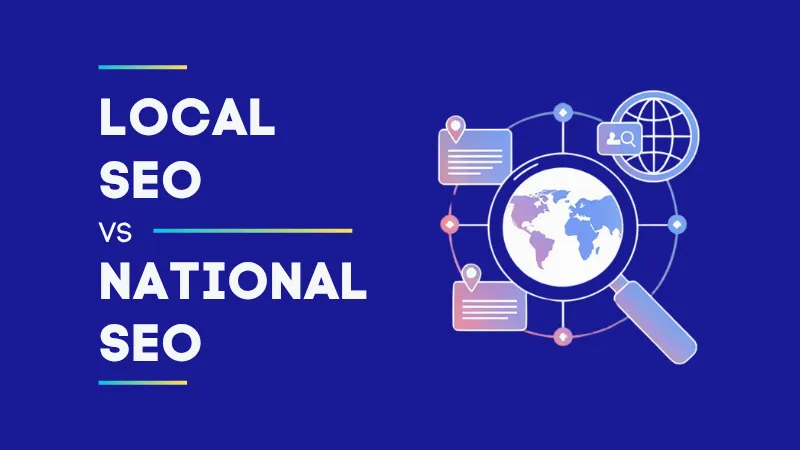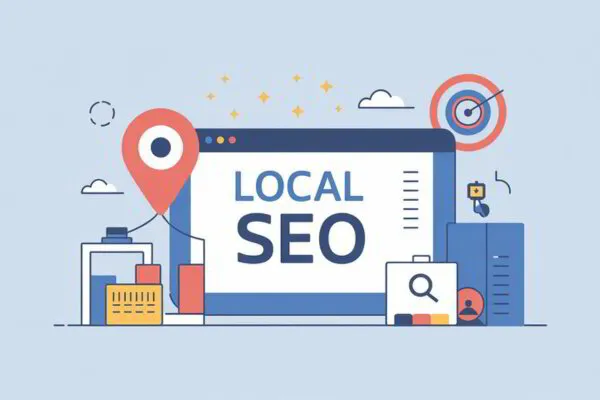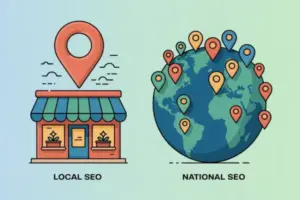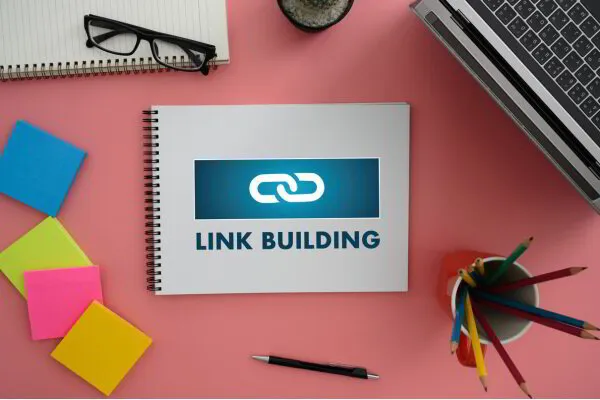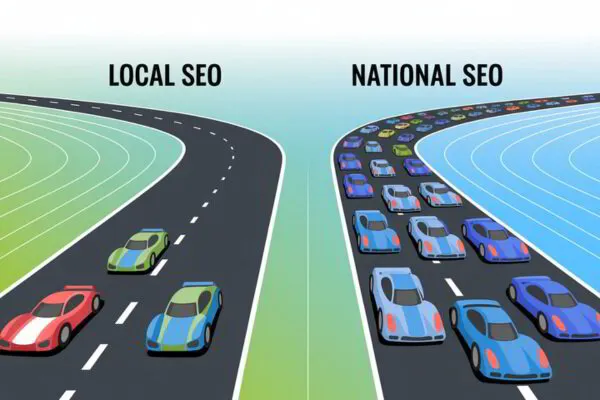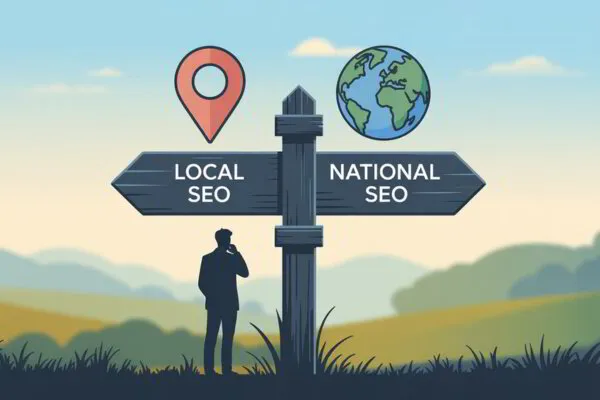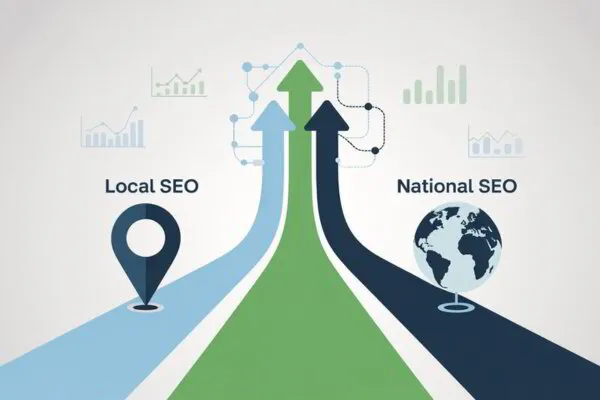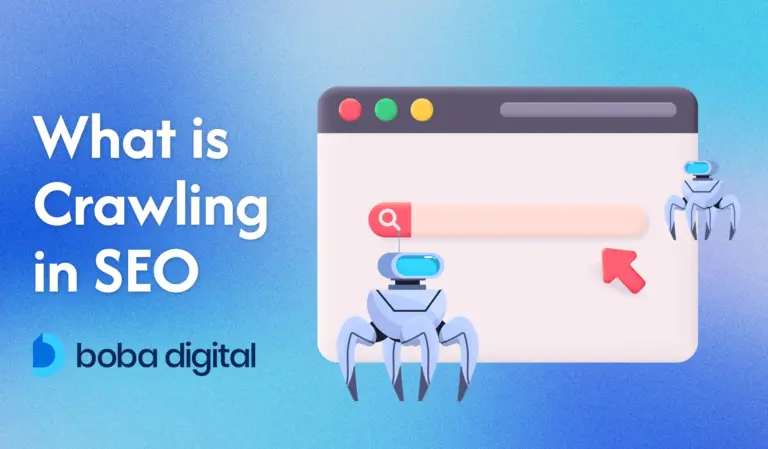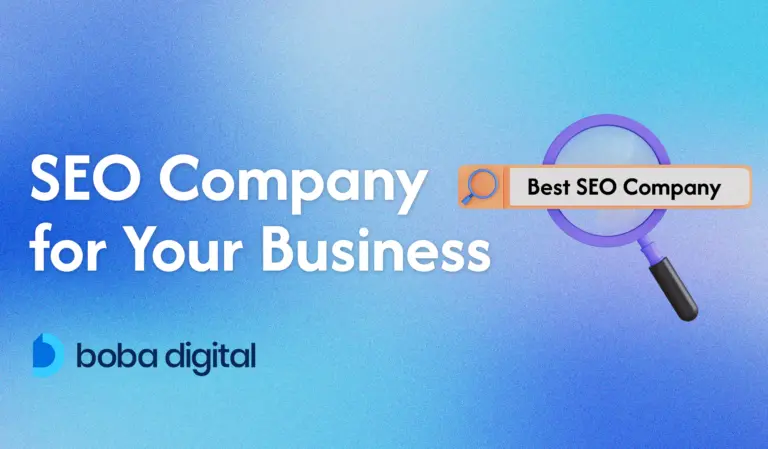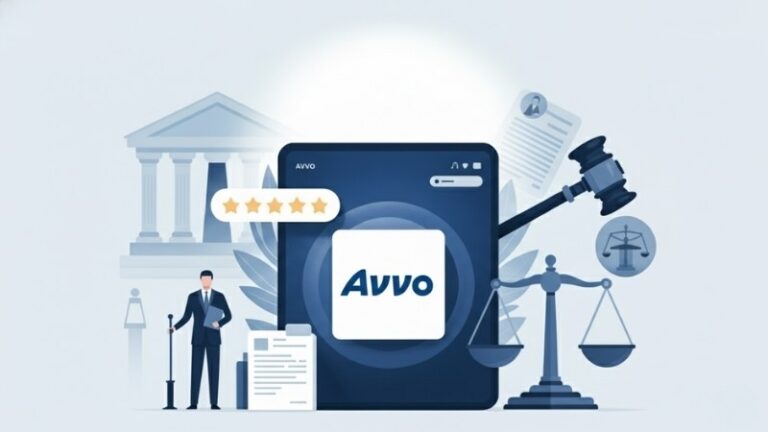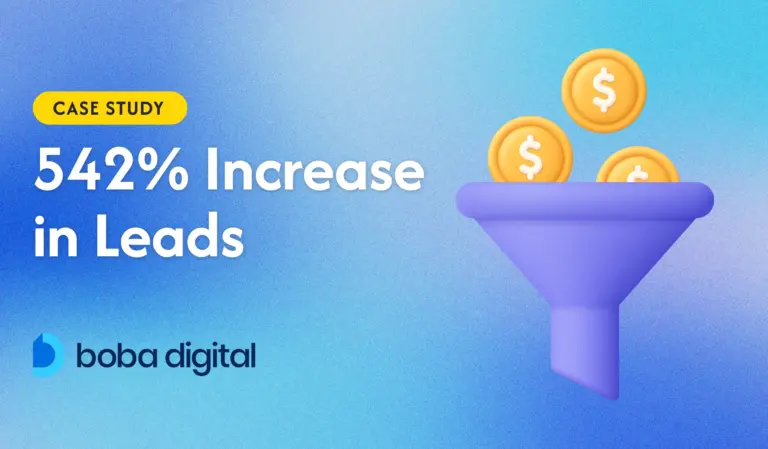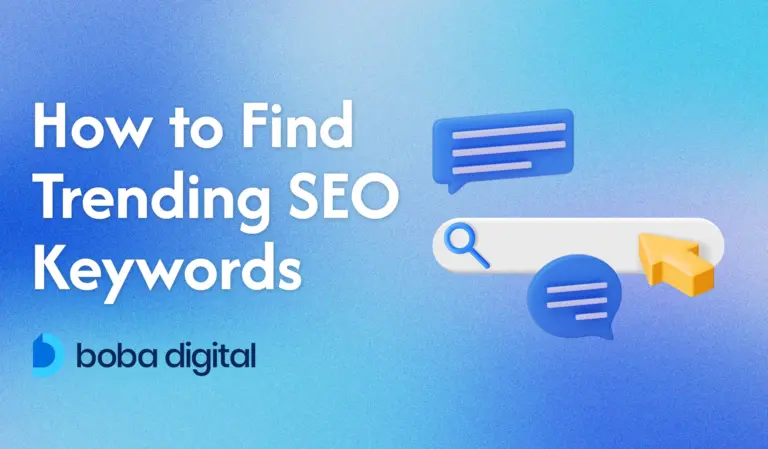Local SEO vs National SEO: Which One Fits Your Business?
When it comes to showing up in the right search results, it’s not just about having a website—it’s about getting found by the right people in the right places. Whether you’re trying to reach neighbors down the street or customers across the country, your SEO strategy needs to be spot on.
That’s where the conversation around local SEO vs national SEO gets interesting. These two strategies might sound similar, but they serve different purposes and deliver different results. And choosing the right one can make all the difference in how your business grows online.
If you’re a business owner wondering which direction to take, stick around. This guide will help you figure out whether you should focus on your local community, go after a broader audience, or strike the perfect balance between both.
The answer isn’t one-size-fits-all—and that’s exactly what makes it worth exploring.
Overview of Local SEO vs National SEO
Not all SEO strategies work the same way. Some businesses thrive by being the go-to option in their city, while others need to reach customers across the country.
That’s where understanding the difference between local and national SEO comes in.
Local SEO and national SEO both aim to improve visibility in search engine results, but they operate on different playing fields. Local SEO is tailored for location-specific results, while national SEO focuses on broader, more competitive searches that go beyond geographic boundaries.
Knowing the purpose behind each helps you decide which strategy—or combination—can bring the right people to your business.
What is Local SEO?
Let’s say you run a pet grooming service in Phoenix. You’re not looking to attract pet owners in New Jersey. You want to show up when someone nearby searches for “dog groomer in Phoenix.” Local SEO helps make that happen.
Local SEO focuses on helping your business show up in search results when people nearby are looking for the products or services you provide. This is especially useful for businesses with a physical location or those that serve a specific geographic area.
Restaurants, home service providers, chiropractors, and real estate agents all fall into this category.
This strategy includes optimizing your Google Business Profile, listing your company on local directories, and targeting location-specific keywords. It also involves maintaining consistent NAP (Name, Address, Phone number) information across platforms to build trust and accuracy in local citations.
One big advantage of local SEO is that you’re not competing with the entire internet—just others in your immediate area. That smaller pool can give your business a higher chance of showing up in local search rankings and map listings.
What is National SEO?

While local SEO helps you own your block, national SEO is about claiming your space on a much bigger stage. If your business isn’t tied to a physical location—or you serve clients across the country—this is where your focus should be.
National SEO is a search engine optimization strategy designed to increase visibility across an entire country, not just a single region. It targets high-volume, non-location-specific keywords like “online project management software” or “best wireless headphones,” aiming to capture a broader audience with varied search intent.
This strategy works well for e-commerce businesses, SaaS companies, educational platforms, and others who don’t rely on a local customer base. It doesn’t matter if someone is in Portland or Pittsburgh—if they’re searching for what you offer, national SEO helps you show up.
Because national SEO targets competitive keywords on a larger scale, ranking well takes more time and effort. There are only ten results on Google’s first page, and every business in your niche is trying to claim one of them. That’s where solid technical SEO, a strong content strategy, and authoritative link building become critical.
National SEO strategies often involve comprehensive keyword research using tools like Google Keyword Planner, content creation that speaks to a wider audience, and backlinks from reputable websites to increase domain authority. Instead of optimizing a local landing page, you’re building a site structure that supports nationwide search intent.
Key Differences Between Local SEO and National SEO
Target Audience and Reach
If your goal is to bring in nearby customers, local SEO is designed exactly for that. It centers on connecting with people in your geographic area who are searching with clear local intent.
Whether it’s someone looking for a pediatrician in their neighborhood or a homeowner searching for fencing contractors in their city, local SEO efforts are aimed at drawing attention from people who are ready to take action nearby.
This approach often allows you to build trust on a more personal level. Businesses can tap into their local community by responding to customer reviews, getting listed on local directories, and showing up in local events.
Even something as simple as posting about local events on your Google Business Profile or social media platforms can boost engagement and improve local search rankings.
National SEO, on the other hand, steps beyond neighborhood borders. It aims to capture attention from users across the country, or even globally. This method is less about individual relationships and more about scale.
Your content needs to appeal to a broad audience and hold up in national search results, where competition is tougher and expectations are higher.
Instead of tailoring your content to a local market, national SEO focuses on creating valuable content that applies across regions. Here, success is often measured by brand visibility, national searches, and engagement through platforms like LinkedIn, Twitter, or industry blogs.
It’s a strategy that favors businesses offering products or services that aren’t limited by a physical location—like online learning platforms, digital tools, or national retailers.
In short, local SEO is about relevance to your immediate surroundings. National SEO is about reach and authority on a larger scale. Both have their place; it all comes down to who you want to find you online.
Keyword Strategy
The words you choose aren’t just about being found—they shape who finds you and why. Whether you’re optimizing for local customers or a national audience, your keyword strategy sets the direction for your entire SEO campaign.
In local SEO, it’s all about specificity. Location-specific keywords help connect your business to nearby searchers looking for immediate solutions. Someone searching “emergency dentist in Tampa” isn’t browsing—they’re ready to book. This is where local SEO focuses on long-tail keywords that include geographic markers like cities, neighborhoods, or even ZIP codes.
Adding terms such as “near me” or “open now” also signals strong local intent, making your content more relevant in local search results.
National SEO shifts away from location and leans heavily on broad industry terms. Instead of “accountant in Scottsdale,” national SEO targets terms like “small business tax software” or “freelance accounting tips.” These keywords are more competitive, but they also bring in traffic from a wider audience.
The trick is to identify relevant keywords that reflect your service offering without tying you to a single region.
Keyword research tools like Google Keyword Planner and other search engine optimization platforms help you strike the right balance between short-tail and long-tail keywords.
Short-tail terms drive higher volume but come with steep competition. Long-tail keywords are more specific and often convert better, especially when aligned with user search intent.
Ultimately, your keyword choices directly impact your ability to rank. Local keywords may be less competitive, but they deliver high intent traffic. Broader keywords can lead to greater visibility at scale, but only if your SEO strategy includes strong domain authority, valuable content, and smart link building.
Content Creation
Search engines may love keywords, but it’s your content that keeps people engaged—and coming back. The way you create that content will look very different depending on whether you’re speaking to a local neighborhood or addressing an audience across the country.
Local SEO content thrives on familiarity and relevance. You’re not just writing for search engines; you’re writing for your local community. That might mean publishing a guide to weekend events in your city, sharing updates on seasonal promotions, or spotlighting customer stories from your area. Location-specific landing pages are also essential.
If you operate in multiple cities, each one should have its own dedicated page optimized for local keywords and search intent. These pages boost your local search performance and create a more personalized experience for site visitors.
Let’s say you own a dental practice with offices in three different towns. Instead of one generic “services” page, you’d create a separate page for each location, tailored to that community’s needs, featuring specific offers or testimonials from local patients.
This kind of content tells both your customers and Google that you’re truly local.
In contrast, national SEO calls for a different kind of voice. Your content needs to be broad enough to resonate across various locations, yet targeted enough to remain valuable. Think evergreen blog topics, how-to guides, trend analysis, and industry commentary.
An online software company, for example, might publish articles like “How to Improve Remote Team Productivity” or “Top Tools for Time Management in 2025”—content that’s helpful regardless of where the reader lives.
No matter the focus, consistency is key. Both local and national SEO require you to publish relevant, high-quality content on a regular basis. That means updating outdated information, aligning your messaging with changing customer behavior, and using keyword research to guide your content calendar.
Link Building
If content is the message, backlinks are the votes of confidence behind it. And the type of links you earn can make or break your SEO efforts especially when it comes to local vs national strategies.
Local SEO thrives on community relevance. Getting featured on local blogs, chamber of commerce sites, neighborhood directories, or event listings does more than build authority—it signals to search engines that your business is known and trusted in the local market.
A dog grooming service that gets a mention on a city pet expo’s website or a local news article gains more than visibility. It builds real credibility within its local community.
What makes local link building more approachable for small businesses is its relationship-driven nature. You’re often dealing with nearby businesses, local media, or area-specific directories that are more open to collaboration; making it easier to secure links with genuine local relevance.
National SEO, however, demands a wider net and stronger credentials. You’re looking to earn backlinks from national publications, established blogs in your industry, or large-scale content aggregators. The competition is higher, and so is the bar for quality.
To earn a link from a high-domain site, your content has to deliver real value whether that’s original research, expert-level insights, or highly shareable resources.
Strong link building for national SEO usually ties into a broader digital marketing strategy involving PR, outreach, and often partnerships with influencers or thought leaders. These backlinks help improve your domain authority and improve your position in national search results.
Both local and national SEO benefit from consistent link building, but the scale, scope, and expectations vary widely. Whether you’re focused on your neighborhood or the entire country, the goal remains the same: earn trust by becoming someone worth linking to.
Google Business Profile (formerly Google My Business)
When someone looks up your business on Google and sees your hours, location, and glowing reviews right at the top—that’s the power of a well-maintained Google Business Profile. For local SEO, this tool isn’t optional.
It’s one of the most visible assets your business can have.
Your Google Business Profile plays a key role in helping you show up in local search results, especially in the map pack that appears above organic listings. For service-based businesses, retail shops, medical offices, and more, this profile is often the first impression potential customers get.
Keeping your NAP (Name, Address, Phone number) information consistent across your Google profile and other local directories signals credibility to both users and search engines. It’s also where customers leave reviews, which directly impact your local search rankings and influence decisions.
A steady stream of authentic, positive reviews not only builds trust—it helps you outperform nearby competitors in local search.
Local SEO performance improves when your profile includes updated business hours, service areas, photos, and posts. Every update gives search engines more context and gives local customers more reasons to reach out.
While Google Business Profile doesn’t play a starring role in national SEO, it still serves a purpose for businesses with multiple locations. If you manage a chain of fitness centers across different cities, for instance, each location should have its own profile. This improves local intent visibility while supporting your broader national strategy.
For businesses looking to boost visibility on a local and national scale, treating your Google Business Profile as a living asset—not a one-time setup—is key. It’s where local audiences make decisions quickly, and it’s one of the simplest tools to keep updated for long-term SEO success.
Competition Level
Ranking well in search results often comes down to how many others are aiming for the same spot—and what it takes to rise above them.
In local SEO, competition is limited to your geographic area, which gives you a clearer view of who you’re up against. While the number of competitors may be smaller, local search can still feel crowded, especially in densely populated cities or highly serviced areas.
Success here often depends on how well you differentiate yourself—through targeted local keywords, strong business listings, community engagement, and consistent reviews.
National SEO operates on an entirely different scale. You’re not just aiming to outperform a few nearby businesses—you’re entering a space where hundreds of companies nationwide may be targeting the same industry keywords.
With more businesses vying for national search results, gaining visibility takes time, effort, and a more substantial budget. Strategy becomes more complex, with greater focus on technical SEO, domain authority, and content that appeals to a broader audience.
For small businesses, local SEO often provides a faster return on investment and more manageable competition. National SEO may take longer, but for brands ready to scale, it opens the door to much wider reach and long-term growth.
Conversion Intent
Not all clicks carry the same weight. The difference between local and national SEO often comes down to how ready the user is to make a decision.
Local SEO often attracts people with a clear goal. They’re searching with local intent, often looking for a nearby solution they can act on immediately. A person searching “coffee shop open now” or “AC repair in Brooklyn” is likely moments away from becoming a customer.
That’s why local SEO performance is closely tied to instant conversions—calls, walk-ins, bookings, or purchases.
National SEO brings a more varied crowd. The audience includes early-stage researchers, brand comparers, and occasional browsers. Someone typing “how to choose project management software” may not be ready to commit yet.
Here, success depends on providing valuable content that builds trust over time. From educational blog posts to comparison guides, national SEO strategies aim to keep users engaged and slowly guide them toward a decision.
Local SEO captures urgency. National SEO builds momentum. Knowing which one your audience responds to helps you focus your efforts where they’re most likely to pay off.
Measuring Success: KPIs and Metrics
Getting your SEO strategy live is one thing, and knowing whether it’s working is another. The way you track progress can reveal whether you’re moving in the right direction or simply spinning your wheels.
Local SEO success is often visible in small but powerful signals. You’ll want to monitor how your business appears in local search rankings, especially within Google Maps and the local pack. Key performance indicators like phone calls, direction requests, and appointment bookings from your Google Business Profile give insight into customer behavior.
Local traffic growth, review volume, and engagement on location-specific landing pages are also strong signs that your local SEO tactics are connecting with nearby customers.
National SEO operates on a broader scale, which means the metrics shift. Instead of focusing on proximity-based interactions, you’re measuring overall organic traffic, national keyword rankings, domain authority, and conversions driven through long-form content or lead generation pages.
Backlink profiles become more important here, especially those earned from reputable websites that strengthen your visibility in national search results.
Regardless of which path you follow, regular performance reviews are essential. Whether you’re tracking local search rankings or conversions from national search intent, analyzing your SEO efforts helps identify what’s working, what needs adjusting, and where to invest next.
Smart decisions come from real data. With the right analytics tools and a clear understanding of your SEO goals, you can stay focused on results—not just rankings.
Local SEO vs National SEO: Key Differences at a Glance
Here’s everything at a glance to make things easier:
| Aspect | Local SEO | National SEO |
| Target Audience | Customers in a specific city, town, or region | Users across an entire country (or globally) |
| Keyword Strategy | Location-specific and long-tail keywords (e.g., “dentist in Austin”) | Broad, industry-specific keywords (e.g., “best accounting software”) |
| Content Focus | Local events, news, promotions, service area pages | Industry topics, national trends, product-focused content |
| Conversion Intent | High—searchers are often ready to call, visit, or buy | Varies—users may be in research or awareness stages |
| Competition Level | Competing with nearby businesses; more manageable | Competing nationally; more saturated and budget-intensive |
| Backlink Strategy | Local directories, community sites, area-specific blogs | High-authority national publications, niche blogs, industry portals |
| Google Business Profile | Essential for visibility, reviews, and engagement | Useful for multi-location businesses; less critical for nationwide-only brands |
| Performance Metrics (KPIs) | Local search rankings, calls, direction requests, reviews | Organic traffic, national keyword rankings, backlinks, conversions |
| Best For | Brick-and-mortar businesses, local service providers | E-commerce brands, SaaS platforms, digital services with wide reach |
| Budget & Resources | Can work with smaller budgets and targeted efforts | Requires more time, content, technical investment, and outreach efforts |
When Should You Choose Local SEO and National SEO?
Before you commit to a strategy, take a step back and look at your business from the outside. What are your goals? Who do you want to reach? And how far do you want your digital presence to stretch?
Local SEO is a smart fit for businesses rooted in one place or those serving customers face-to-face within a specific area. If you run a dental clinic, own a neighborhood café, or offer plumbing services in a specific city, your growth depends on being visible in local search rankings.
This approach focuses your efforts where they matter most—around your physical location—and allows you to compete effectively with nearby businesses.
National SEO is built for scale. If you sell products online, operate a franchise, or run a SaaS company with clients from coast to coast, your audience isn’t limited by geography. Instead, you’re competing for visibility across broader industry keywords and attracting traffic from a much wider range of search engine results.
That kind of reach demands a more aggressive and sustained SEO strategy, supported by technical optimization, high-value content, and solid link building.
Cost is another factor that can shape your choice.
A solid local SEO campaign typically ranges from $500 to $2,500 per month depending on your market, competition, and deliverables. National SEO, given its wider scope and more intense competition, often requires a larger monthly investment—sometimes upward of $5,000 to $15,000 or more—especially when content production, outreach, and backlink acquisition are part of the strategy.
Timelines also differ.
Local SEO efforts can begin showing results in as little as 3 to 6 months. For national SEO, expect a longer runway. Competitive keywords and national search results can take 6 to 12 months—or more—before significant gains become visible. The payoff can be larger, but it takes commitment.
Choosing Between Local SEO and National SEO
| Factor | Local SEO | National SEO |
| Best For | Brick-and-mortar stores, local services, restaurants, healthcare providers | E-commerce, SaaS, franchises, digital brands with a nationwide reach |
| Target Audience | Customers within a specific city, town, or region | Nationwide or global customers |
| Business Goals | Attract foot traffic, get local calls or bookings, dominate local search | Build national brand recognition, increase online sales, scale digital reach |
| Service Area | One or multiple defined local locations | No geographic limitations; serves broad or national areas |
| Strategy Focus | Google Business Profile, local directories, location-specific content | Broad keyword targeting, authoritative content, national backlinks |
| Cost Range (Monthly) | Typically $500 – $2,500 | Starts around $5,000+; can go significantly higher based on scope |
| Timeline for Results | 3 – 6 months for visible improvements | 6 – 12+ months for traction on competitive keywords |
| Resource Demand | Less content, lighter technical needs, manageable for smaller teams | High-quality content, technical SEO, and extensive outreach required |
| Customer Intent | High intent, immediate local conversions | Mixed intent, longer nurturing journey |
Can You Combine Local and National SEO?
Absolutely—and for many businesses, it’s not just possible, it’s essential. If your company operates in multiple regions, sells products online, or serves both in-person and virtual customers, combining local and national SEO gives you the best of both worlds.
A hybrid strategy lets you show up in local search results while also building national visibility. Think of a furniture retailer with showrooms in several cities and an e-commerce store that ships nationwide.
Local SEO helps each store appear in location-specific searches like “modern sofa store in Tampa,” while national SEO ensures the brand ranks for broader keywords such as “best online furniture stores.”
To make this dual approach work, structure your website and content accordingly. Start by creating separate landing pages for each service area or store location, complete with local keywords, directions, and contact details. Each location should also have an optimized Google Business Profile to capture calls, reviews, and map visibility.
At the same time, support your national SEO campaign with content that appeals to a broader audience—product guides, expert blogs, and industry resources that rank well for national searches and support link building.
The benefits go beyond visibility. A hybrid strategy increases brand authority, improves your ability to meet customers wherever they search, and opens up more paths to conversion. It ensures you’re not missing out on local demand or broader market opportunities and that’s a strategy built for real growth.
Conclusion
Choosing between local SEO and national SEO isn’t a one-size-fits-all decision—it’s a strategic move rooted in your business goals, your audience, and how far you want your reach to go. Local SEO helps you dominate your neighborhood. National SEO sets you up to compete on a much larger stage. And sometimes, the smartest play is to do both.
The key is clarity. Know who you want to reach, what you’re offering, and how much you’re ready to invest—not just in budget, but in time, content, and consistency. SEO isn’t a set-and-forget solution. As your business evolves, your strategy should grow with it.
Need help figuring it all out? Whether you’re targeting local foot traffic, nationwide clicks, or both, Boba Digital is here to turn your search presence into a lead-generating machine. We don’t sell fluff—we deliver results.
Let’s put your SEO where it belongs: on page one. Talk to Boba Digital today
FAQs
Which businesses should focus on local SEO?
Local SEO is ideal for businesses that serve a specific geographic area or depend on foot traffic and local leads. This includes restaurants, real estate professionals, law firms, healthcare providers, salons, and home service companies. If your business operates within a city or town and you want to show up in local search results—especially when customers search for services “near me”—a strong local SEO campaign, including optimized Google Business Profile listings and local directories, is essential for reaching your local audience.
Is Google My Business important for national SEO?
While Google My Business (now Google Business Profile) is central to local SEO strategies, it still plays a supporting role for national SEO if your business has multiple locations. Each physical location should have its own business profile to improve visibility in local search rankings. For single-location brands operating nationally or online-only companies, GBP is less critical. However, it can still enhance trust and authority in search engine results when supported by national SEO work like high-quality content and reputable backlinks.
How long does it take for local SEO to work?
Local SEO efforts often show results within 3 to 6 months, depending on your local market competition, the strength of your local citations, and how well your Google Business Profile is optimized. The timeline also depends on your existing search engine rankings, the consistency of your NAP information, and how effectively your local SEO tactics align with user search intent. Businesses targeting local customers typically see quicker wins than those targeting broader, national search results through traditional SEO strategies.
Are the costs significantly different between Local and National SEO campaigns?
Yes, the costs can vary greatly. Local SEO campaigns are typically more budget-friendly, ranging from $500 to $2,500 per month, and focus on local keywords, local search rankings, and optimizing business listings. National SEO targets broader keywords and requires larger investments in technical SEO, valuable content creation, and authoritative link building. These campaigns often start around $5,000 per month and grow based on industry competition, search engine optimization goals, and how aggressively you want to capture national search traffic.
How should multi-location businesses approach their SEO strategy?
Multi-location businesses benefit from combining local and national SEO strategies. Each physical location should have its own Google Business Profile and location-specific landing page optimized with local keywords and business listings. At the same time, a broader national SEO strategy should be used to build brand authority, rank for industry-specific keywords, and capture organic search results across multiple regions. This hybrid approach ensures visibility in both local search and national search results while maximizing conversion opportunities across locations.

